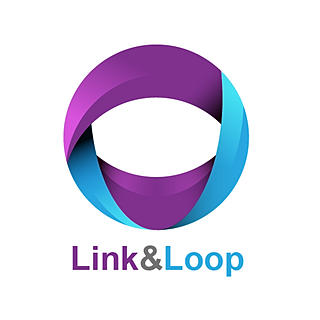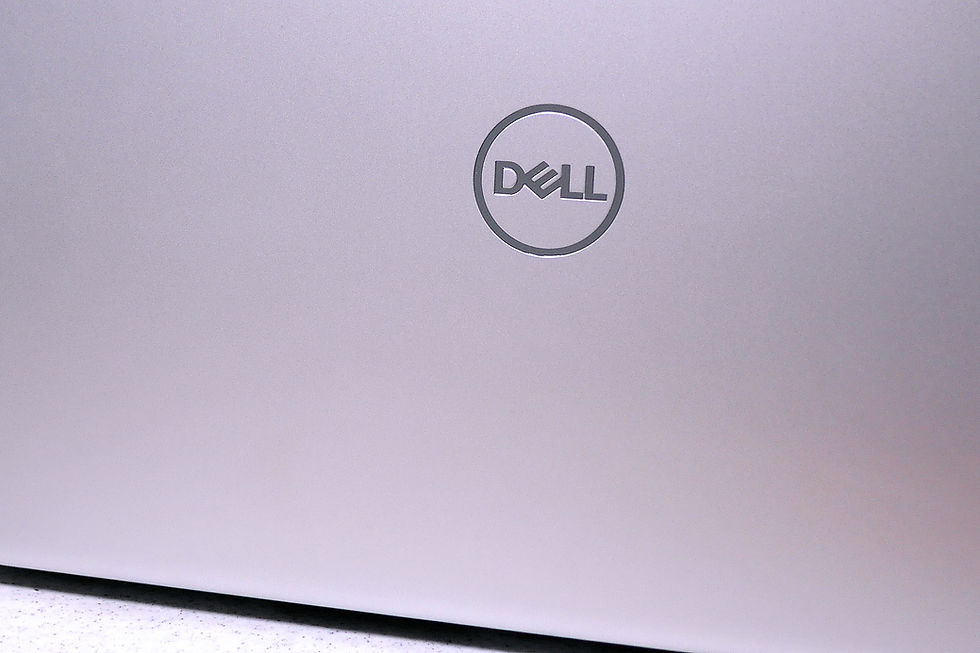To Ask Less of the Planet: Apple’s Action on the Circular Economy
- Link and Loop
- Jan 26, 2019
- 2 min read
Updated: Jul 1, 2020

Apple’s Initiative
Every year during Earth Day, for a whole week Apple changes the leaf of its logo to green. A tiny action reflecting the company's desire to be more eco-friendly. The former administrator of the United States Environmental Protection Agency (EPA), Lisa Jackson, has worked for Apple since 2013 and has led the way in promoting environmental actions. Apple is constantly looking at how they can reduce the need for virgin materials while still providing the best products and services to their customers.
In 2015, after acknowledging the energy usage in their manufacturing process, they decided to adopt a program called CEP (Clean Energy Program). Every year, Apple emits around 27.5 million tons of carbon dioxide, with one-fourth coming from goods production and the rest from logistics, such as electricity consumption from consumers’ daily use. They have responded to this problem in two ways.
Firstly, when regulations and economic conditions permit, they establish partnerships with local companies for new energy infrastructures, instead of simply buying green energy. Secondly, they cooperate with their supply chains to fulfill their goal of developing 4 gigawatts of new energy. So far they have worked with 23 different partners.

Apple’s Efforts
Apple is actively working with their supply chains to tackle greenhouse gases. In China, they have built wind power plants and generated 486 trillion watts of wind power and solar energy. In Japan, they are working with a printed circuit board (PCB) substrate supplier called Ibiden to develope new solar photovoltaic system.
A challenge they face is their packaging material and the impact on forests. One way they could minimize their impacts is to cooperate with governments but also organizations such as the WWF.
Apple and the Closed Loop Economy
Apple has developed a program called “Apple GiveBack.” Their goal is to effectively collect used cell phones from consumers for material recycling. They plan to use a robot dismantler named Liam to take apart devices quickly. In 2015, they also launched a program named “Zero Waste to Landfill.” Since then, all of their production and assembly lines for iPhones are UL certificated.
Last year, they started to use the recycled, re-smelted aluminum iPhone 6 shells to manufacture Mac minis. Beside materials, they also learnt that reducing pollution is a key aspect of the process. This means that aluminum of different levels should not be mixed; otherwise, their value, quality, and appearance will not be as good and therefore harder to resell.
Concluding Points
- Ambitious goals lead to innovative solutions.
- Apple is pushing 100% renewable energy through its supply chain.
- Circular thinking leads to material innovation.
*This is speech summary from the Link and Loop Conference which was edited and compiled by the Link and Loop team. It was written and reported with the best available knowledge from the talk. There may be information discrepancies. Please contact the speaker for clarifications.




Comments